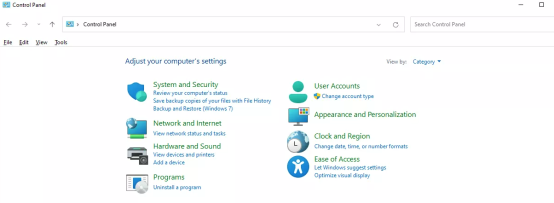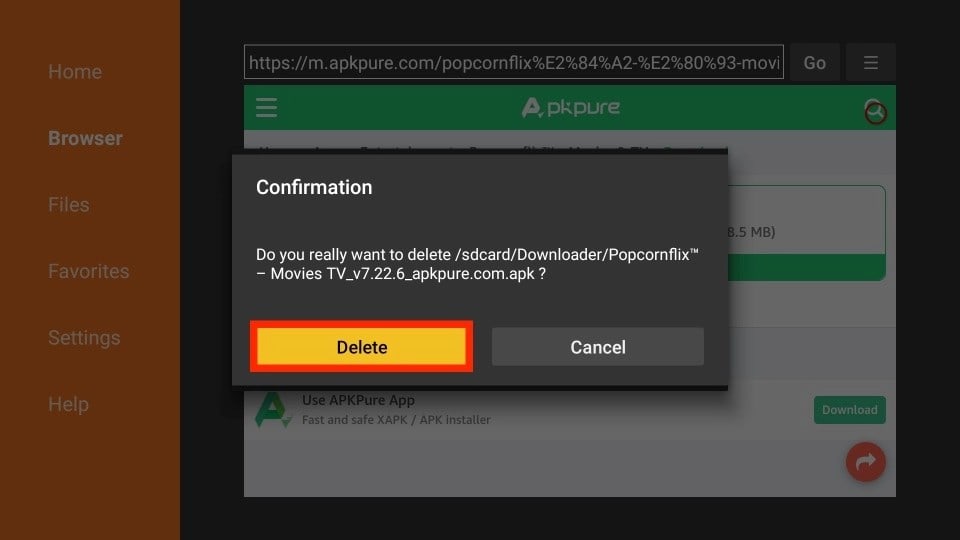
The result is better performance, less network bandwidth, and happier end users because their name queries between different domains are resolved faster.Ī LAN is a computer network that interconnects computers within a limited area such as a residence, school, laboratory, or office building. Consequently, the DNS servers in the Widgets Toys network do not need to query their internal root servers, or the Internet root servers, to resolve queries for names ending with. The DNS servers within the Widgets Toys network are configured to forward all queries for names ending with to the designated DNS servers in the network for Tailspin Toys. The administrators from Tailspin Toys inform the administrators of Widgets Toys about the set of DNS servers in the Tailspin Toys network where Widgets can send queries for the domain. For example, two companies, Widgets Toys and TailspinToys, want to improve how the DNS clients of Widgets Toys resolve the names of the DNS clients of Tailspin Toys. Source: Technet Example 2: Internet name resolutionĭNS servers can use conditional forwarders to resolve queries between the DNS domain names of companies that share information. The DNS server forwards the query to the DNS server with the IP address 172.31.255.255, which is associated with .ĭNS client requests internal name query that are set up for Conditional DNS Forwarding.The DNS server determines that is the domain name that more closely matches the domain name query.It compares that domain name with both and.


For example, in the figure below, the DNS server performs the following conditional forwarding logic to determine how a query for a domain name will be forwarded: When a DNS server configured with a conditional forwarder receives a query for a domain name, it will compare that domain name with its list of domain name conditions and use the longest domain name condition that corresponds to the domain name in the query. The first example is an internal name and the second is an external name resolution scenario. Let’s walk through two examples where Conditional Forwarding really comes in handy. Forwarding according to domain names improves conventional forwarding by adding a name-based condition to the forwarding process. Instead of forwarding all queries it cannot resolve locally to a forwarder, a conditional forwarder is configured to forward a query to specific forwarders based on the domain name contained in the query. Conditional forwardersĬonditional forwarders are DNS servers that only forward queries for specific domain names. If that fails, it will attempt to contact the DNS servers specified in its root hints as a last resort.Ĭonditional forwarders allow you to improve name resolution between internal (private) DNS namespaces that are not part of the DNS namespace of the Internet, such as results from a company merger. The original DNS server that received the initial query will wait briefly for an answer from the forwarder. As a result, root hints method of name resolution will not be used.ģ. If the name query cannot be resolved using its local zone data or cache, then it will forward the query to the DNS server designated as a forwarder.


Here’s how a DNS server works when using forwarding:ġ.When the DNS server receives a name query, it attempts to resolve this query using its primary zones, secondary zones and finally its cache in that order.Ģ. Recursive name queries are faster than Iterative name queriesĪ DNS server configured to use a forwarder will behave differently than a DNS server that is not configured to use a forwarder.


 0 kommentar(er)
0 kommentar(er)
